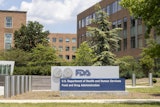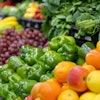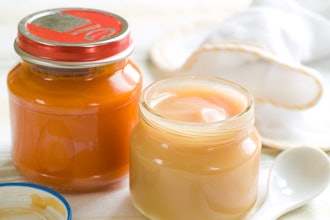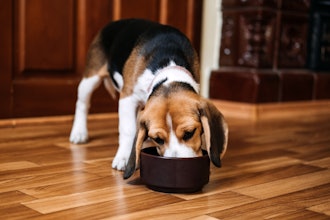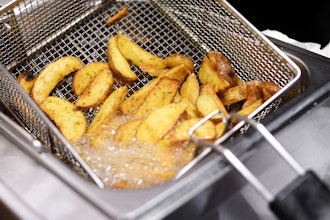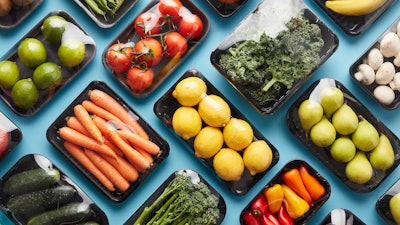
Preserving, protecting and extending the life of food is a hot topic in 2020. The Food Modernization Act (FMA) of 2011 shifted the focus for food manufacturers from reacting to foodborne illness and contamination to prevention. The FMA guidelines help extend shelf life and regulate the standards for growing, harvesting, packaging and storing food which encourages manufacturers to find new ways to protect and prevent food from breaking down and spoiling.
Understanding why food spoils is critical when considering how to preserve it. The most common cause of food spoilage is mold and bacteria. Mold spores float in the air that surrounds us all. In moderation they are not dangerous to our health, but if conditions are favorable, they can land on exposed food and can grow out of control. Consuming food that has mold on it can be dangerous and can cause respiratory and allergy complications. Also, when food is not handled properly and is exposed to unfavorable conditions such as incorrect temperatures, bacteria can grow and cause food born illnesses such as botulism and listeria if consumed.
Another very common cause of food spoilage is oxidation. Oxidation is when oxygen comes in contact with food, creating a chemical reaction and altering the molecular structure of a substance. Oxidation causes meats to turn brown and fruits to discolor, ruining the tasted and appearance of food. With these in mind, it is easy to understand why packaging foods correctly is important to its viability.
The distribution of food is another important aspect of food protection. In this mobile world we live in, food is traveling great distances from the manufacturer to the consumer. Manufacturers must work to preserve the integrity and appearance of food, preventing contamination throughout transportation and distribution – from packaging and shipping, to the point of sale and consumption.
There are many ways to prevent food from spoiling and to extend its shelf life, which includes adding preservatives, chemicals or stabilizers. Depending on the products, alternate processes such as flash freezing, pickling and adding salt have also been proven effective. However, the additional preservatives and salt can have drawbacks that may affect consumer health. For example, additives and preservatives have been known to contribute to health conditions like ADHD and Diabetes in addition to impacting the taste and texture of foods. The negative effects of preservatives have manufacturers looking for other ways to help extend shelf life and preserve food.
Today’s health-conscious consumer does not want products loaded with preservatives, salts and added chemicals. They want fresh foods that look as good as they taste. The modern consumer is far more educated about the products they are consuming and how those products are affecting their health. For this reason, more and more manufacturers are turning to a natural way of preserving food and extending shelf life – using gases naturally found in the earth’s atmosphere.
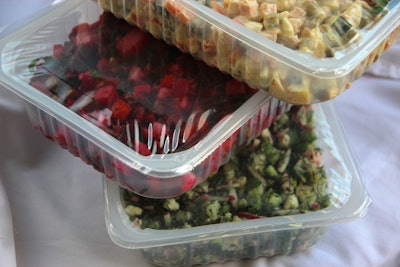 AdobeStock, courtesy of Praxair
AdobeStock, courtesy of Praxair
Gases Prevent the Molecular Breakdown of Food, Naturally
Nitrogen, oxygen, and carbon dioxide are used alone or in blended mixtures to extend product shelf life and to prevent the molecular breakdown of a wide variety of foods. Gases can help prevent discoloration and provide an added barrier against the spoilage of fresh produce, raw meats including poultry and fish and packaged baked snack foods, such as chips and crackers.
The process of using gases to naturally preserve foods is called modified atmospheric packaging (MAP). The type of gas or mixture depends on the food that needs to be preserved. MAP involves changing the atmosphere inside the container that a food is packaged in and replacing it with a specified level of pure gas or a blend of nitrogen, oxygen and carbon dioxide, in order to preserve the food for longer periods of time. In most cases, oxygen is being replaced with a mixture of gases as oxygen is the primary cause of the breakdown and spoiling of foods. Carbon dioxide is most commonly used to prevent the growth of mold and bacteria and help achieve a longer shelf life. The blend balance of how much carbon dioxide, nitrogen and oxygen to insert into a package is unique to the products being preserved and must be customized according to the products being preserved.
Gases Protect the Integrity of Food
Food and beverage products use gas flushing to delay oxidation and prevent spoilage, as well as to help maintain package conformity. Gas flushing with nitrogen is a common way to remove oxygen in a package and replace it with nitrogen. You see this most notably in a bag of chips. Not only does it helping the chips stay fresh, it helps to protect them from crumbling and breaking on way to the consumer. Coffee is another popular product that uses gas flushing with nitrogen to help preserve freshness. Not only does the nitrogen help preserve freshness, it helps the coffee retain its taste and aroma.
Gases Help Meet the Demand of Manufacturers and Consumers
Choosing a high-quality gas supply and a provider with a strong commitment to excellence and service is vital to the success of a MAP process. If the gas is contaminated, the mixture is not correct or deliveries are not made on time, the process and product quality can be compromised. A high-quality gas supply, gas supply delivery system that protects the purity of the gas from supply to point of use, and responsive support from a supplier with the infrastructure adequate to meet your needs are vital to the efforts of protecting food taste and texture and product consistency, from package to package.
Gas supply mode options are another important detail that must be customized to the manufacturer’s needs. Having the supply option of cylinders, microbulk, cryogenic bulk storage or tube trailers enables a gas supply and gas delivery system to be tailored to the manufacturer’s specific product and process needs and helps ensure that future growth can be accommodated.
Lastly, the gas for MAP processes needs to be carefully selected to meet the process needs of the foods to be preserved. An experienced supplier can help you choose the right gas blend for your product and process, determine the amount needed per package and can guide you regarding surrounding considerations as you choose the appropriate gas supply and gas delivery system that will help you be successful in your food preservation and protection processes.
 Vessele
Vessele
Mary Vessele is specialty gas market manager for Praxair.
